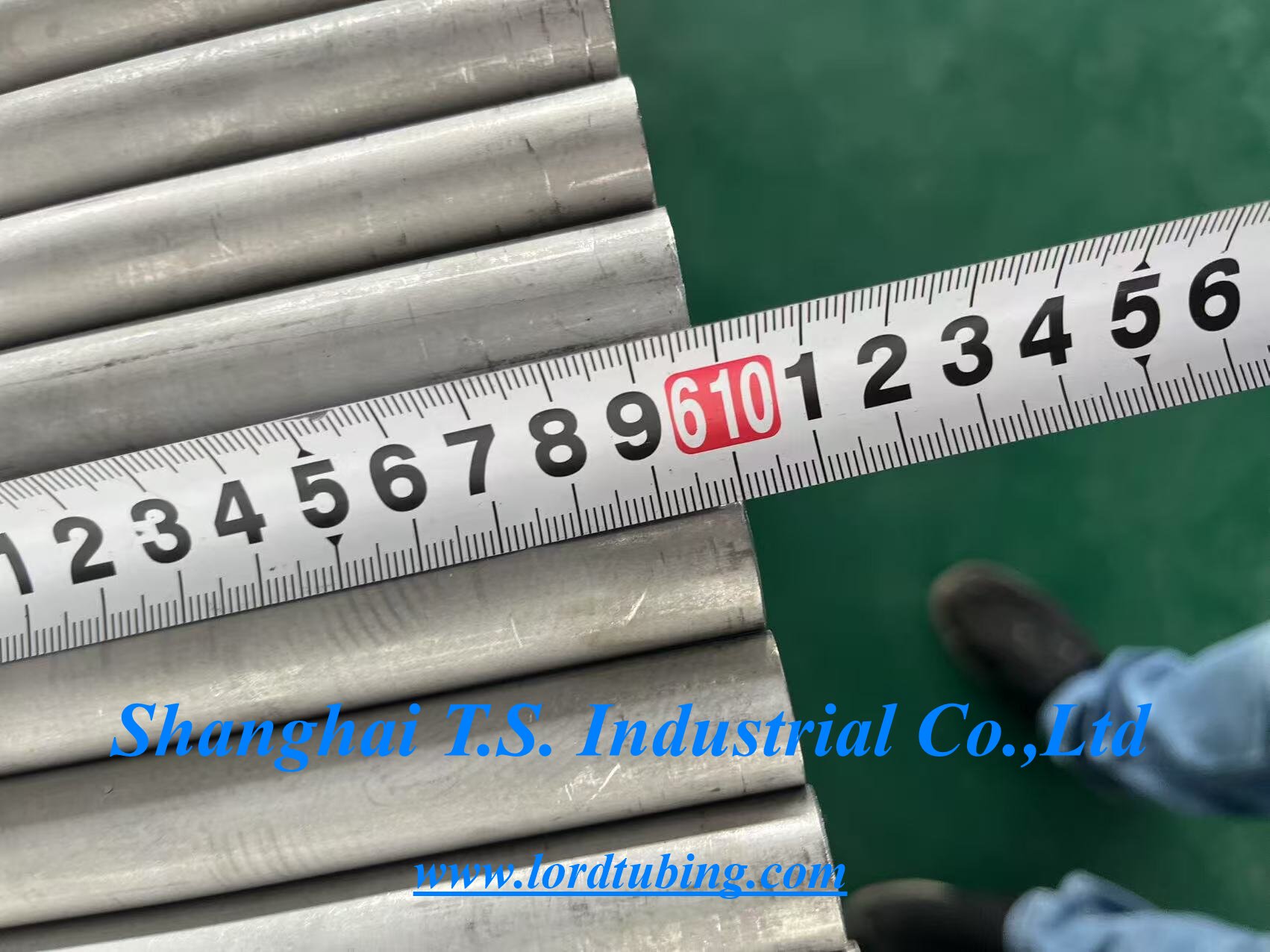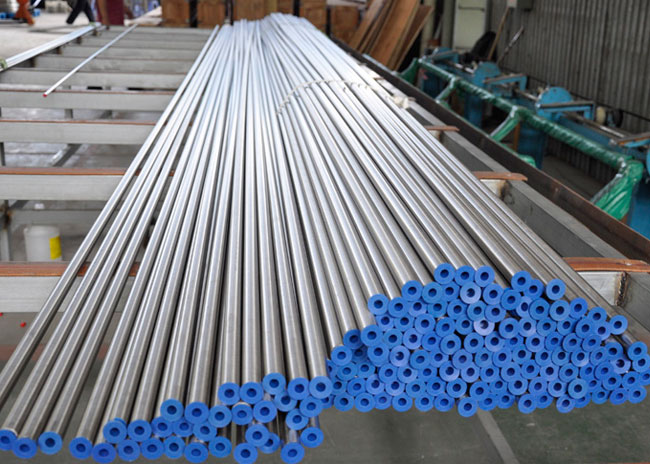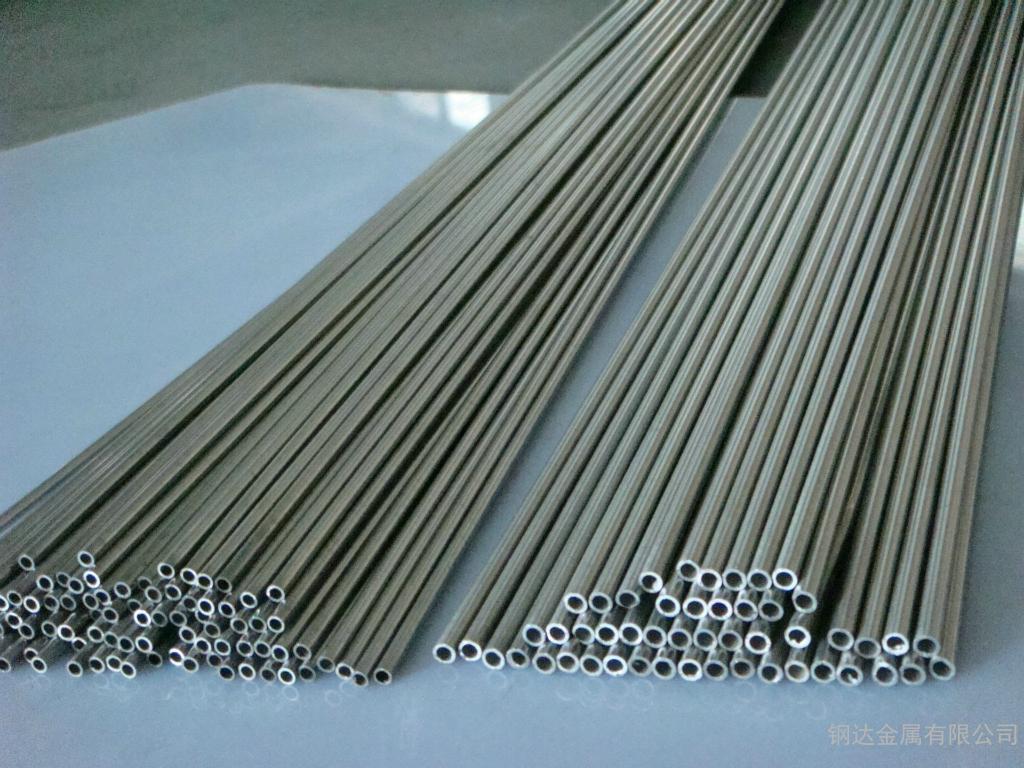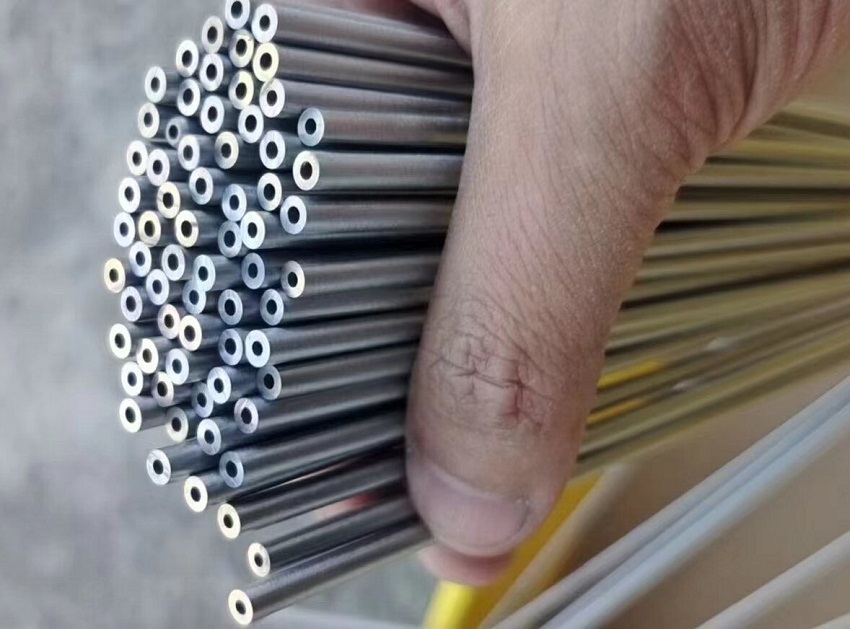Tube Seamless Cold Drawn Steel ASTM A269 TP316
Tube Seamless Cold Drawn Steel ASTM A269 TP316

ASTM A269 TP316 Stainless Steel Tubing
ASTM A269 TP316 Seamless Tube Dimensions
Process: Seamless Tube
Standard: ASTM A269
Grade: TP316 Stainless Steel
Outer Diameter: 1/2" [12.7mm]
Nominal Wall Thickness: 0.035" [0.89mm]
Length: 14ft-20ft random length
In todays global industrial environment, ASTM A269 TP316 stainless steel seamless tubing has become a core material in various industries such as chemical, pharmaceutical, and food processing. ASTM A269 seamless austenitic stainless steel tubes are used for general corrosive service or high-temperature applications. They feature a hollow cross-section and no seam around the perimeter, making them suitable for demanding conditions like chloride environments and acidic media, finding use in chemical processing, marine environments, and pharmaceutical applications.
Application Differences: ASTM A269 vs. Dedicated Boiler/Heat Exchanger Standards
| Standard | ASTM A269 (General Purpose) | Dedicated Boiler/Heat Exchanger Standards (e.g., A213, A249) |
|---|---|---|
| Core Purpose | General corrosion resistance or high/low-temperature service | High pressure, high temperature, and specific heat exchange environments |
| Typical Applications | Chemical pipelines, food equipment, pharmaceutical processes | Boilers, superheaters, heat exchangers, condensers |
| Key Requirements | Basic chemical composition, mechanical properties, dimensional tolerances | Stricter pressure resistance, non-destructive testing, high-temperature performance |
| Non-Destructive Testing | Optional requirement or basic level | Mandatory high-standard testing (e.g., eddy current, X-ray) |
| High-Temperature Performance | May not be specifically evaluated | Must guarantee high-temperature strength, oxidation resistance |
Surface Finishes for ASTM A269 TP316 Stainless Steel Tubes
| Surface Finish | Main Characteristics | Typical Applications |
|---|---|---|
| Mechanical Polish (MP) | Mirror-bright surface, smooth inner wall, Ra roughness can be as low as 0.2-0.4μm, effectively preventing residue buildup. | Food & Beverage, Pharmaceutical, industries requiring high cleanliness |
| Electropolish (EP) | Smooth, uniform, bright surface, can improve corrosion resistance, inner wall Ra can be less than 0.35μm. | Biopharmaceutical, Semiconductor, Specialty Gases, Laboratory Equipment |
| Bright Anneal (BA) | Annealed in a controlled atmosphere, simultaneously performing heat treatment and surface brightening, maintaining metallic luster. | General applications requiring cleanliness and appearance |
| 2B Finish | Silver-gray matte surface after cold rolling, annealing, and pickling; one of the most versatile industrial finishes. | Chemical, Construction, Industrial structural components |
In industries such as food processing, biopharmaceuticals, and semiconductors, where hygiene and contamination prevention requirements are extremely high alongside excellent corrosion resistance, Mechanical Polish or Electropolish (EP tube) should be prioritized. Electropolished tubes also offer enhanced corrosion resistance.
For general chemical pipelines or architectural structural components, the 2B finish is an economical and practical choice, providing basic rust resistance and the surface quality needed for industrial applications.
ASTM A269 TP316 vs. TP304: Key Differences
The main difference between TP316 and TP304 stainless steel tubes under the ASTM A269 standard stems from their chemical composition, which directly leads to key differences in their corrosion resistance, subsequently affecting their application scenarios and cost.
Chemical Composition: While there are slight differences in the content of other chemical elements, the most significant difference is that TP316 contains Molybdenum (Mo), whereas TP304 does not.
Mechanical Properties: As stipulated by the ASTM A269 standard, the basic mechanical properties (strength, elongation) requirements are the same for both. In actual production, TP316 may have slightly higher strength and hardness due to its more complex alloy composition.
Physical Properties: The differences in physical properties are very minor and are typically not a primary consideration for selection unless under extremely precise operating conditions (e.g., specific temperature range heat transfer calculations).
Performance Characteristics of ASTM A269 TP316 Stainless Steel Tube
- The molybdenum content enables it to resist chloride ion (Cl⁻) attack, enhancing its corrosion resistance.
- Superior pitting resistance
- Enhanced crevice corrosion resistance
Frequently Asked Questions
What is the difference between ASTM A269, A312, and A213 standards?
ASTM A269 is a general standard applicable to austenitic stainless steel tubes for general corrosive service. A312 is often used for high-temperature applications. A213 is specifically designed for small-diameter seamless tubes used in boilers, superheaters, and heat exchangers. Each standard targets different application scenarios; selection should be based on specific requirements.
How to choose between TP316 and 316L stainless steel?
TP316 has a higher carbon content, offering better performance in high-temperature environments. 316L, with its low carbon characteristics, is more suitable for welding and use in corrosive environments, effectively preventing intergranular corrosion. The choice depends on the specific application environment and working conditions.
How to calculate the weight of stainless steel seamless tube?
The theoretical unit weight calculation formula for stainless steel seamless tube is: (OD - WT) × WT × 3.1415 × density × length / 1000. For a 1/2 inch x 0.035 inch TP316 stainless steel tube, the weight per meter is approximately (12.7 - 0.89) × 0.89 × 0.02491 ≈ 0.26 kg/m.
- PREV::NO DATA
- NEXT:What is the Difference between Hastelloy C-276 and C-2000?
请输入搜索关键字
确定






